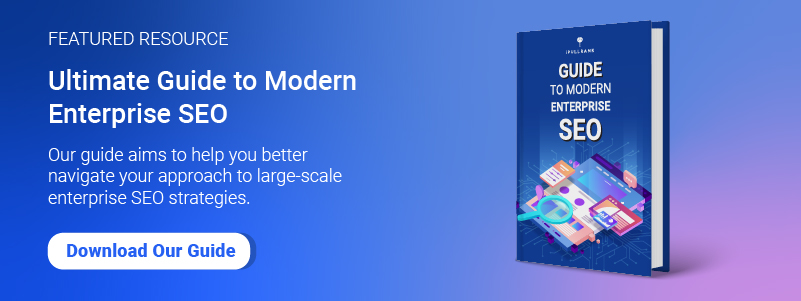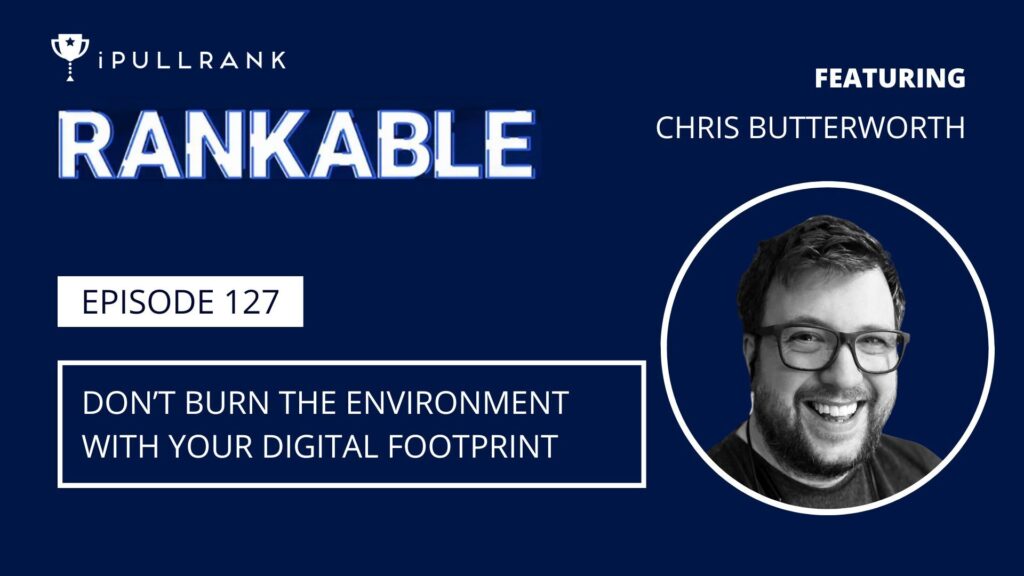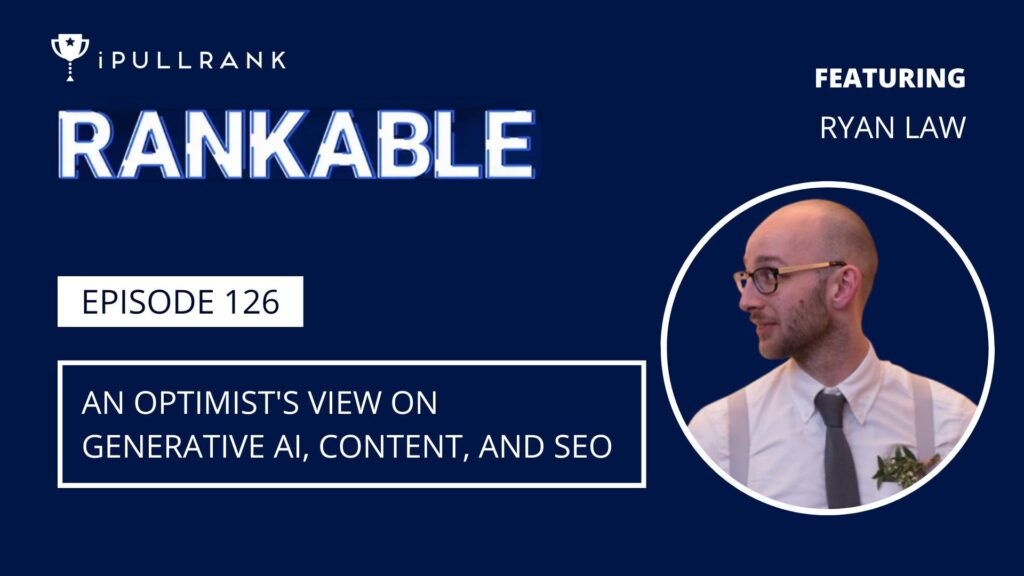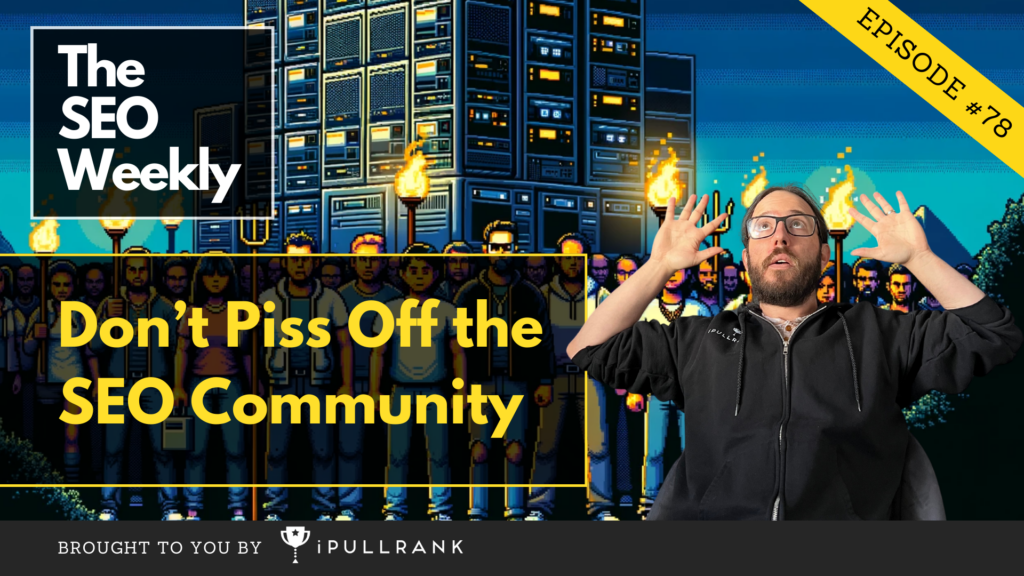TL;DR
- Google Chrome is phasing out third-party cookies by 2022 – apparently in the name of user privacy.
- With the third-party data market cornered, marketers should focus on first-party data.
- Individual tracking is out, but Google is investing in a technology called FloC that creates interest-based audiences by tracking group behaviors.
Set your alarm because Google has confirmed: the death of the third-party cookie is imminent.
For the past decade-plus, we have leaned on third-party data like an old friend. We’ve tracked website visitors, strived to improve user experience, and crafted highly targeted advertising campaigns. Perhaps more crucially, we’ve been privy to our visitors’ web browsing behavior beyond our own sites. And it’s this information that has inflated our customer personas like a helium balloon, lifting our ROI up, up, and away.
Marketing without third-party cookies might feel like Thanksgiving without the mashed potato or Monday morning without the double-shot espresso. Truth is, we (probably) don’t need to panic. Here’s what you need to know about the death of cookies and customer tracking in the brave new world of a so-called “privacy-first” web.
It’s a slow death for the third-party cookie
The buzz is fresh, but the news is old. Google’s phase-out of third-party cookies was announced way back in January 2020 – before you-know-what took hold, which caused some delays.
On the surface, Google’s reasoning was simple: users want privacy, choice, control, and transparency when it comes to their data. Makes sense.
“It’s clear the web ecosystem needs to evolve to meet these increasing demands,” the announcement post wrote.
In March 2021, Google made it explicitly clear that it won’t create a cookie alternative to track users across the web.
Rendering third-party cookies obsolete isn’t going to be as easy as switching off a light. Google gave itself a two-year timeline, so, you know, the entire almost-$400 billion online advertising market doesn’t go up in smoke overnight. That brings us to 2022.
As an aside, Google isn’t a trend-setter or privacy pioneer in any of this. Quite the opposite. In 2013, both Firefox and Safari said goodbye to third-party cookies. But size matters. More than six in ten users worldwide browse the web via Chrome. Apple’s Safari comes in at a lagging second place, with just 19 percent of the market share.
Google’s move is the nail in the coffin – and potentially as sinister as that metaphor implies.
Protecting users’ privacy or conquering the market?
Theoretically, the death of third-party Google cookies is a giant leap toward the privacy users want. But for the marketers that’ll be impacted, the façade is thinly veiled.
In a post-third-party cookie world, Google Ads will leverage Google Chrome’s first-party cookies and Privacy Sandbox tools, which Google defines as “privacy-preserving and open-standard mechanisms” that “protect anonymity while still delivering results for advertisers and publishers.” But other ad platforms that depend on third-party data to generate revenue will be left in the dark, unable to remain competitive.
Third-party advertisers: 0. Google: infinity.
It’s not the first time Google’s used its unchallenged dominance to disadvantage the little guys and create a data monopoly. Remember this double standard? Around 2011 to 2013, analytics users found that the lion’s share of reported keyword searches stated, “Keyword (not provided).” Apparently, Google started hiding search queries to protect user privacy – except Google AdWords users could still access their results. It took until September 2020 for Google to start holding back some search query data there, too.
You can’t have your cake and eat it, too, Google. Well, you can, but we’re on to you.
In response to the third-party cookie axe, the Association of National Advertising and the American Association of Advertising Agencies released a joint statement demonizing Google for stepping on the market’s competition.
Google’s decision to block third-party cookies “may choke off the economic oxygen from advertising that startups and emerging companies need to survive,” it read.
Come 2022, marketers may be at the sole mercy of Google. We are hungry for data – not to exploit privacy, but to reach our audiences and improve user experience. But as Google changes its locks and refuses to share the keys, we have no choice but to make a meal out of the data scraps thrown our way.
How to thrive in a cookieless future
What happens when third-party cookies no longer exist?
Well, it’s not the apocalypse.
Sure, third-party data will cost more, be less reliable, and become trickier to find, but you don’t have to go down with the ship. Third-party cookies may be destined for Davy Jones’ Locker, but first-party data is as good as dry land.
“We will continue to support first-party relationships on our ad platforms for partners, in which they have direct connections with their own customers,” Google wrote in a 2021 announcement. The tech giant also decidedly deemed first-party data to be “vital.”
At the end of all this, who cares if buses stop running when you’ve got a Cybertruck sitting in your garage?
Most of the information you’ve come to rely on to build meaningful and effective advertising campaigns is already within arms’ length. Better yet, you own it, and you can tailor the specifics of data gathering and use to support your brand’s objectives with razor-sharp precision.
What matters more than what your customers do off your website is what they do on it. Metrics like time-on-page, clicks, and conversions paint a vivid picture of how your customers interact with your brand.
What the FLoC?
Google’s canceled tech that tracks individuals, but it’s exploring the potential of tracking groups with a thing called Federated Learning of Cohorts (FLoC).

Image via https://github.com/google/ads-privacy/blob/master/proposals/FLoC/FLOC-Whitepaper-Google.pdf
FLoC clusters groups of people with similar interests and anonymizes web history using on-device processing. Individuals are buried like a needle in a haystack. Yet, marketers can still expect a minimum of 95 percent of the conversions per dollar compared to their retired cookie-based ad strategies.
In short, FLoC could fill the third-party cookie void when it comes to creating audiences based on interest. It’s a promising chapter in an unnerving story, but as marketers, we can’t ignore the obvious. Relying on any one technology is dangerous and depending on data owned by a third party is foolish.
Innovating your marketing strategy
Where tech is involved, evergreen strategies are mythical beasts, and it isn’t just the Googles of the universe we should fear. The digital environment is an increasingly regulated one (see: the 2019 GDRP ruling). Google might lock away our data, but the government can throw away the keys.
Resilience means moving when Google says move. But it also means formulating more creative approaches to connecting with our audiences than aggravating pop-ups and content that’s either irrelevant to the customer’s stage in the buying journey or so targeted it borders on creepy. Plus, the marketplace is now wide open for new tracking inventions.
If you’re ready to bring your marketing strategy into the post-cookie world, iPullRank can help you tread new ground. Shoot us a message, and let’s chat.
- The Ultimate List of Every Google Update Related to Mobile First - September 1, 2021
- 5 Examples of eCommerce Content Marketing - August 25, 2021
- How To Create a Black Friday Content Strategy - August 19, 2021












Leave a Comment